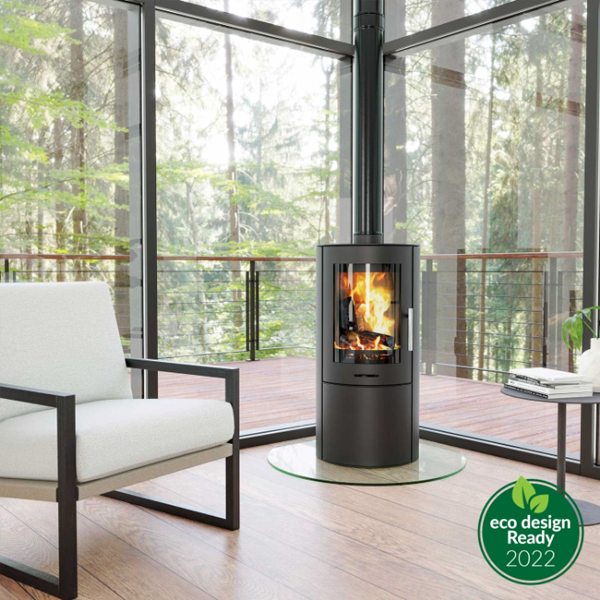In the realm of kitchen renovations, attention is frequently directed towards premium cabinetry, stylish countertops, and sleek backsplashes. Nevertheless, a highly transformative aspect of a kitchen is often neglected: the range. Professionals who install stoves are the silent contributors of this process, guaranteeing that a crucial appliance in the home is properly installed and secured. Their expertise not only enhances the functionality of the kitchen but also contributes to the entire aesthetic and ease of culinary environments.
Selecting a new range, regardless of whether it is gas, electric, or induction, is just the first step of the process. Homeowners or renters often face a host of choices and preparations, from comprehending local building codes and safety measures to guaranteeing that their kitchen is prepared for the new appliance. This article seeks to offer crucial information into stove installation, assisting homeowners navigate the complexities and steer clear of frequent mistakes. By working with stove experts, the aspiration for a stunningly efficient kitchen can be realized, setting the stage for scrumptious meals and cherished get-togethers.
Types of Stoves & Installation Considerations
As you contemplate a new stove setup, it’s important to grasp the different types of stoves on the market and the specific requirements they each present. Gas stoves have long been preferred for their rapid heating features and exact temperature control. When installing a gas stove, homeowners need to ensure they have proper gas lines and ventilation in place, which could necessitate modifications to their pre-existing infrastructure. Additionally, safety precautions must be taken into account to prevent gas leaks and ensure compliance with regional standards.

Conversely, electric stoves are known for their simplicity of installation and affordable upfront costs. They typically require a dedicated electrical outlet and, depending on the model , may need an electrical upgrade for best performance. Induction stoves, a commonly used subset of electric stoves, offer up-to-date features and efficiencies but come with their own set of installation requirements, such as ensuring compatibility with the kitchen's existing electrical system. Homeowners should be conscious of these aspects when choosing between electric and induction options.
Ultimately , the choice between gas and electric stoves will significantly influence the installation procedure. Residents must evaluate their kitchen layout , existing utilities, and long-term cooking preferences . Whether you opt for a gas stove with its associated safety protocols or an electric model with specific electrical requirements, comprehending these stove types and their installation considerations is essential for a smooth and successful kitchen makeover.
Safety & Regulations in Stove Setup
Guaranteeing security and compliance during cooker installation is crucial for every homeowner. First and foremost, it is imperative to adhere to regional building codes and guidelines, which vary by region. These codes dictate certain requirements for ventilation, electrical and gas hookups, and clearance around the cooker. https://stoveinstallationnearme.co.uk/ do these guidelines help prevent hazards, but they also ensure that your setup meets the necessary legal standards.
Another critical aspect of safety is engaging a certified installer who understands these guidelines and best practices. Professionals have the training and know-how to assess your kitchen and determine the safest and most efficient way to install your stove. They can identify potential issues, such as inadequate ventilation or faulty drainage systems, which are crucial for gas stove installations. This knowledge minimizes the risk of injuries and ensures your stove is set up for optimal performance.
Ultimately, regular maintenance and security checks are essential after installation. Residents should be aware for signs of gas leakages, malfunctioning parts, or any abnormalities in stove operation. Additionally, ensuring that your kitchen has adequate airflow is crucial for both security and appliance functionality. Taking these precautions will not just prolong the life of your stove but will additionally create a safe cooking environment for you and your loved ones.
Maintenance & Troubleshooting for Your Cooking Appliance
Keeping your stove in optimal condition necessitates regular maintenance and attention to detail. Begin by cleaning the surface and interior regularly to stop buildup of grease and cooked-on food, that can diminish performance and lead to potential risks. For gas stoves, inspect for any obstructions in the burners and ensure that the ignition points are clean. For electric stoves, review the heating elements for signs of wear or damage, as these can impact cooking efficiency. Always consult the manufacturer's guidelines for particular cleaning instructions.
If you see any signs that your stove isn’t functioning properly, it's vital to resolve these problems swiftly. For gas stoves, if you detect a gas smell, turn off the stove immediately and get in touch with a professional to inspect for possible leaks. For electric models, common issues may feature unresponsive burners or inconsistent heating. Running through a simple troubleshooting checklist can usually resolve minor issues before they escalate, such as ensuring that all electrical connections are tight or inspecting the circuit breaker.
When confronting maintenance challenges, consider the warranty and service options available by stove manufacturers. This can be especially beneficial if your stove requires repairs that you cannot manage on your own. Regular professional servicing can help catch potential problems early, ensuring that your cooking appliance continues to operate efficiently and without interruption. Monitoring your stove’s condition can not only increase its lifespan but also improve safety and performance in the kitchen.
